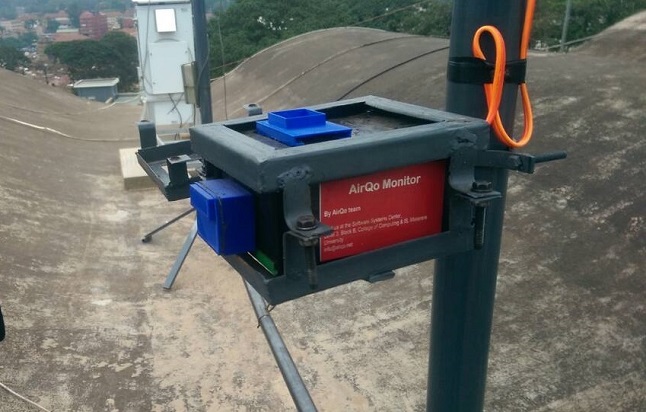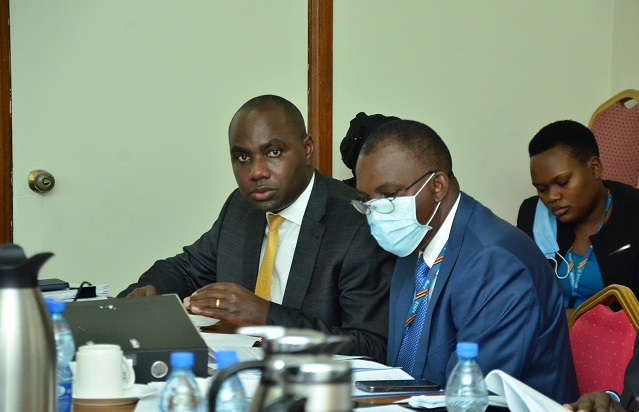Air quality monitor
Uganda has no capacity to measure the country’s levels of air pollution even as the World Health Organisation (WHO) has warned in its latest air quality guidelines that there’s now more damage to health by pollution than earlier estimated.
In the new guidelines which have been updated fifteen years since the 2005 global update, WHO has categorized six classical pollutants including particulate matter, ozone, nitrogen dioxide, sulphur dioxide, carbon dioxide and lead.
Prof. Lynn Atuyambe who heads a team of researchers conducting Air Quality Monitoring at the Makerere University School of Public Health told URN in an interview that Uganda can’t estimate where we stand as far as the classical pollutants are concerned because no thorough research has been done in the area.
WHO has adjusted almost all the air quality levels downwards, warning that exceeding the new air quality guideline levels is associated with significant risks to health. At the same time, however, adhering to them could save millions of lives.
Atuyambe says in a study whose results are expected in November, they will be able to offer some pointers on how pollution is affecting lung health in the country.
But, he says generally there isn’t enough equipment to measure particulate matter, the only pollutant that has so far been moderately researched. The whole country has two machines and both are donor maintained.
Samuel Etajak, a scientist based at the East Africa GeoHealth Hub tells URN that if they have to do thorough analysis of pollution, they have to send samples to the United States.
He says studies show particulate matter is the worst of all pollutants that it can be carried into the blood stream circulating to different parts of the body including the brain.
This experts explains this is why pollution has been blamed for rise in heart disease which are on the rise in Uganda including ischemic heart disease and stroke.
At the hub which houses the other air quality monitor, the first being stationed at the US embassy, he says they monitor three key areas including climate change, air pollution pollution and occupational health issues.
He says authorities like the NEMA should have monitoring equipment in place to give constant alerts on air quality levels so that appropriate solutions are put in place to curb specific kinds of pollution.
Experts say, the exact extent of the pollution in Uganda can be estimated if laboratories are set up and equipped to be able to handle the various pollutants. He said with the recent research in which they were testing how pregnant mothers and children are affected by pollution, they had to borrow equipment.
In countries that have defeated pollution, Atuyambe says it has been a concerted effort between different entities coming up with interventions right from the family level where people need to adopt clean cooking practices and avoid proper disposal of waste including a ban on dangerous items like plastics.
When it comes to wellness, he says people shouldn’t jog or take walks during peak hours when there’s highest traffic because the particulate matter is too high at those times.
-URN





